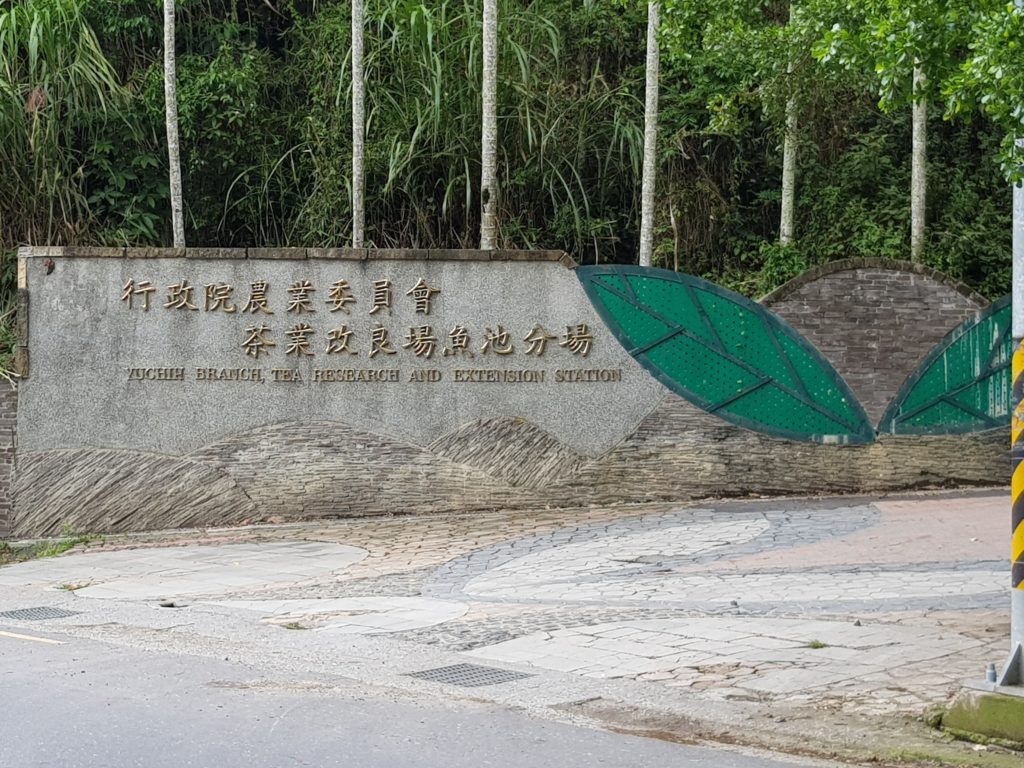Back in the day, farmers in Taiwan all produced their own tea – up to the point where the tea is dried and technically drinkable. The teas would then be sold to tea buyers whose job was to go to the villages and gather these teas. They would then sell the teas to wholesalers in places like Taipei, who would then blend, further process (mostly roasting), package, then sold either locally or, more likely, overseas.
Then, Taiwan’s economy changed, and with it the target market for their teas. While it was exporting to places like Japan, Taiwan was also consuming increasing amounts of their own tea. In fact, by the 1980s a majority of Taiwan’s teas were locally consumed, and now they’re actually quite significant importers of tea from other Asian countries, because the overall demand for tea is no longer satisfied by locally produced teas.
At the same time, things changed internally as well. For one, transportation is easier. Nowadays, for example, driving up to the tea mountains is just a weekend trip, whereas back then, going up takes real effort. If you have a car and you just want a weekend trip, well, the tea mountains are right there. Farmers started selling direct to consumers, instead of just to wholesalers. The old middleman stratum of traders no longer exist – wholesalers in big cities tend to buy direct from farmers, and farmers often sell to consumers directly as well, acting as retail as well as producer. Blending is no longer nearly as important as it used to be, replaced by individualized productions done by farmers or substitute processors – people who are paid by the kilo to do processing for other farmers. That tea you buy from farmer X directly is quite likely produced by processor Y (while farmer X works on his own competition tea, but that’s another topic).
Some consumers like this, because they feel like they’re buying direct from the farmer and so the tea is somehow more “authentic”. Even though often times these more entrepreneurial farmers who also retail tend to not only sell their own teas, but also teas of their friends – to provide enough variety for the consumer to buy from. Still, it’s an attractive model.
One of these guys that you might have encountered before is TeaHome, which has been active online for years now. You may have seen their oolongs on eBay, for example. I buy from them from time to time for very dependable teas – prices are reasonable and quality is decent. I’ve visited them before on a previous trip – the owner is an interesting guy with no background in tea prior to entering the business some 10+ years ago. He said he was a civil servant but due to one reason or another decided to become an organic tea farmer. He’s doing fairly well, as far as I can tell.
Another tea farmer I visited this trip that is also doing direct sales now has their own little brand called “Xin Cha Nong”, with an interesting url of teaez.com. Their family story is quite typical – two generations of tea farmers now. The dad (you can see his picture on the site) entered the tea business from farming other stuff because tea was far more profitable in the early 80s for farmers in the Dong Ding area – so like a lot of people he learned how to make tea and has been doing it ever since. The younger generation in the family is going to inherit the tea business, but are also branching out and are responsible for the sales/website part of the business. Learning how to do all that, while mastering these new skills, is part and parcel of how these tea farming families can stay alive.
Despite this though, there are a lot of upcoming problems that everyone is aware of. There is the typical East Asian problem of aging rural communities – young people generally don’t want to stay in the villages, and would prefer working in some higher prestige jobs in the cities instead. There are plenty of farmers with no one interested in taking over. Because of the downward pressure in prices for tea, lower elevation teas are becoming less lucrative, and many farmers have instead switched to farming other things – fruits, for example, which pay more and involve less work. There’s also labour issues – finding enough people to pick teas by hand is getting more and more difficult. These days almost all tea pickers during harvest season are foreigners from places like Vietnam and Burma. Give it another ten years, and many farmers have told me that they think they would have to figure out some way to make decent tea with machine harvest, because there will not be enough people to pick teas anymore. It’s a real crisis.
There’s no real telling how things will develop from here on out. Tea farms will surely still exist in Taiwan, as there are some young people willing to take up the mantle and others join in. The question is – what will that tea industry look like, and what kind of products are going to come out of it? That’s a much harder question to answer, and all we can do at this point is speculate.

 (Source)
(Source)



 RSS - Posts
RSS - Posts
I took you at your suggestion and have been reading some of your old post-Covid posts. I haven’t been to…